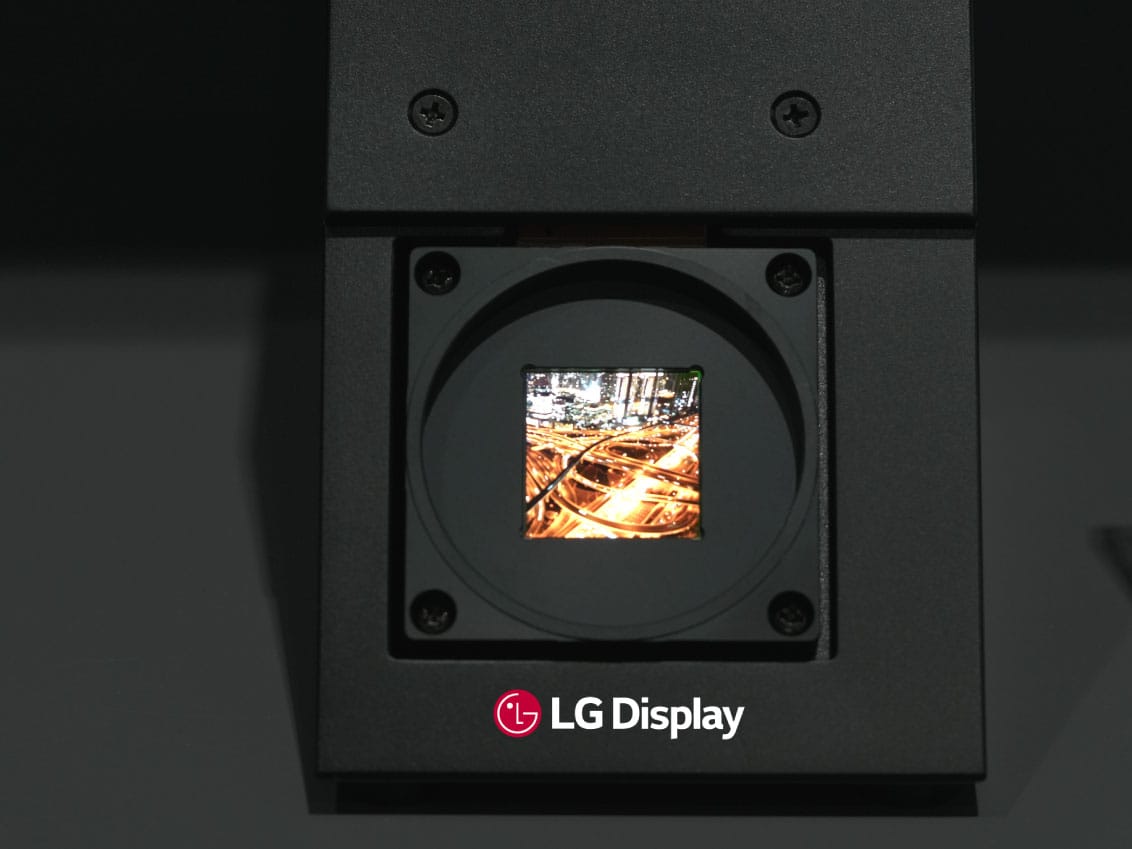At SID Display Week 2024 LG Display unveiled a micro-OLED display with “4K” resolution and 10,000 nit brightness.
Micro-OLED displays are manufactured with a very different process to regular OLED, and offer much higher pixel density than any existing production-ready display technology. This enables ultra high resolution headsets with relatively slim designs – and of course OLED’s signature infinite contrast.
Currently 2.5K micro-OLED displays from Chinese startup SeeYA Technology are used in BigScreen Beyond, and 3.7K micro-OLED displays from Sony are used in Apple Vision Pro.
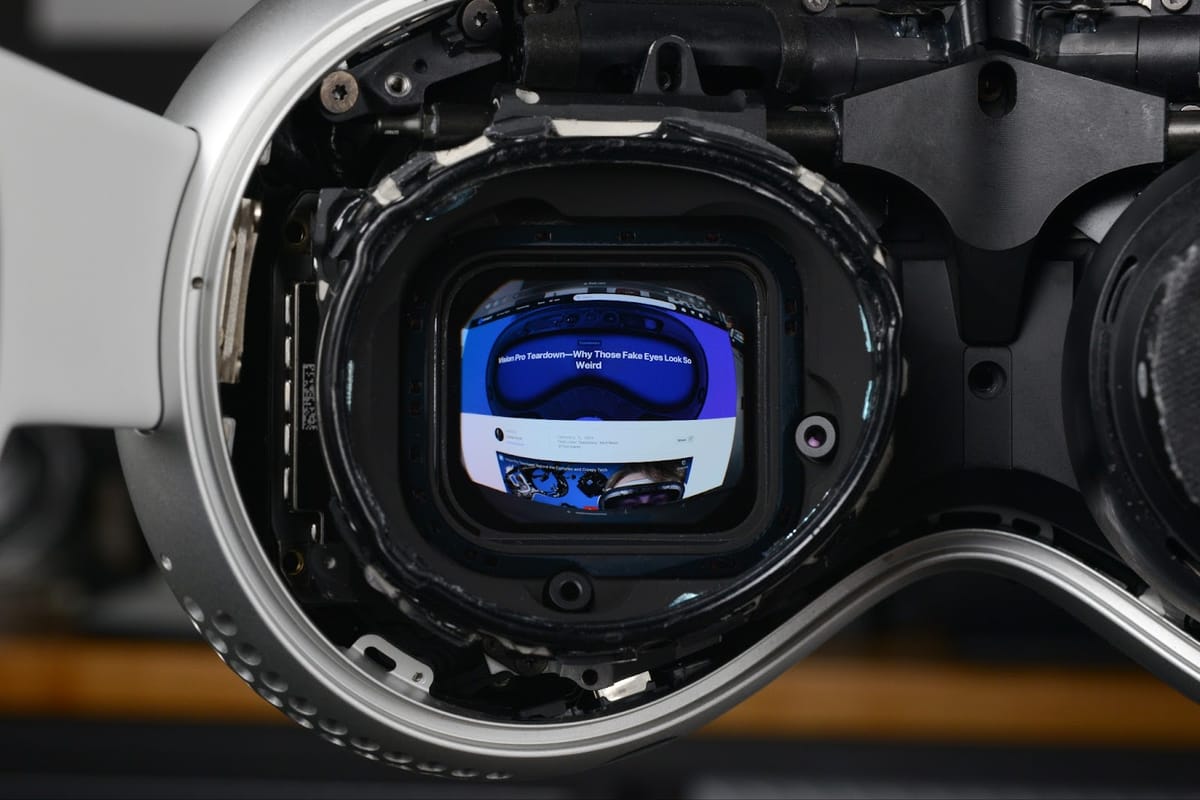
While Sony’s display in Vision Pro reportedly outputs a brightness of 5000 nits, LG is claiming 10,000 nits. But if you’re currently wondering “why on earth would anyone want or need a display that bright near their eyes?” there’s something very important to understand.
Pancake lenses, which are used in recent headsets to achieve a slimmer design and needed to magnify the smallest displays to an acceptable field of view, have extremely poor optical efficiency. That means the majority of the light passing through them is lost, significantly reducing the viewed brightness. For Apple Vision Pro’s lenses, this loss is on the order of 90%.
Worse, to avoid motion blur all VR-style headset displays intentionally only illuminate for a fraction of each frame, known as the duty cycle, remaining pitch dark the rest of the frame, and with OLED displays this makes the effective brightness even lower.
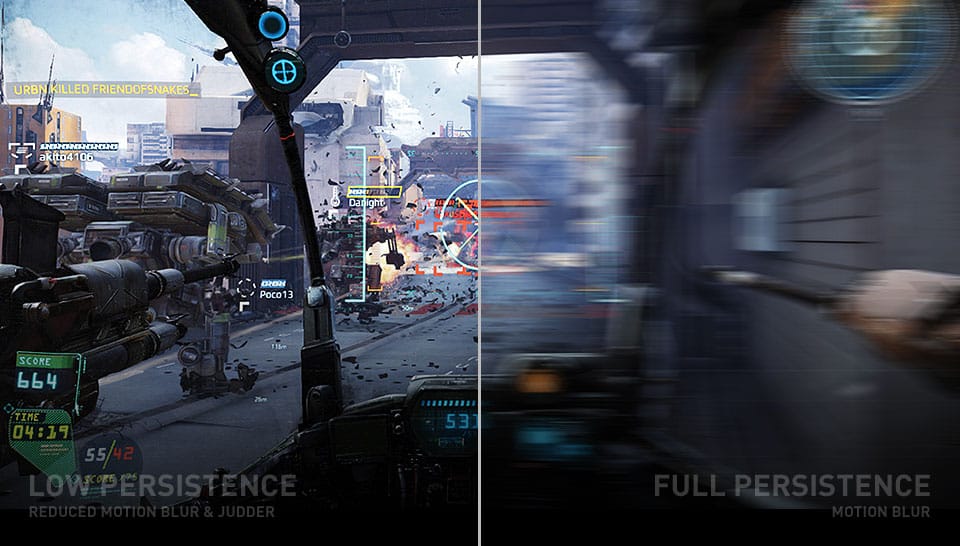
When the poor optical efficiency of pancake lenses and intentional low duty cycle of the displays are both taken into account, the viewed brightness of Apple Vision Pro is only around 100 nits, despite having 5000 nit displays.
That means LG’s display in a similar optical setup could achieve around 200 nits viewed brightness. Alternatively headset makers could use an even lower lower duty cycle to reduce or even eliminate the display “motion blur” we criticized in our Vision Pro review, instead of increasing brightness.
| Sony’s (Apple Vision Pro) |
LG’s | |
| Size | 1.41 inch | 1.3 inch |
| Resolution | 3660×3200 | “4K” |
| Pixels Per Inch | 3386 | ~4000 |
| Raw Brightness | 5000 nits | 10,000 nits |
| Color Gamut | 92% DCI-P3 | 97% DCI-P3 |
In addition to higher brightness than the Sony micro-OLED displays in Vision Pro, LG is also claiming higher pixel density and wider color gamut.
LG claims its display has around 4000 pixels per inch and a color gamut of 97% DCI-P3, which compares to 3386 pixels per inch and 92% DCI-P3 for Apple Vision Pro.
But What Will They Be Used In?
LG Display is a subsidiary of the LG Group. It makes displays for LG Electronics yes, but sells the majority of its output to other companies. So what company might use micro-OLED display in an actual headset?
In 2022 South Korean news outlet SBS Biz reported Meta had entered talks with LG Display with the aim of securing micro-OLED supply for future headsets.
Since then two other South Korean news outlets, Maeil Business Newspaper and The Korea Economic Daily, have released reports citing “industry sources” as claiming LG would build future Quest Pro headsets, starting with a $2000 headset in the first half of 2025.
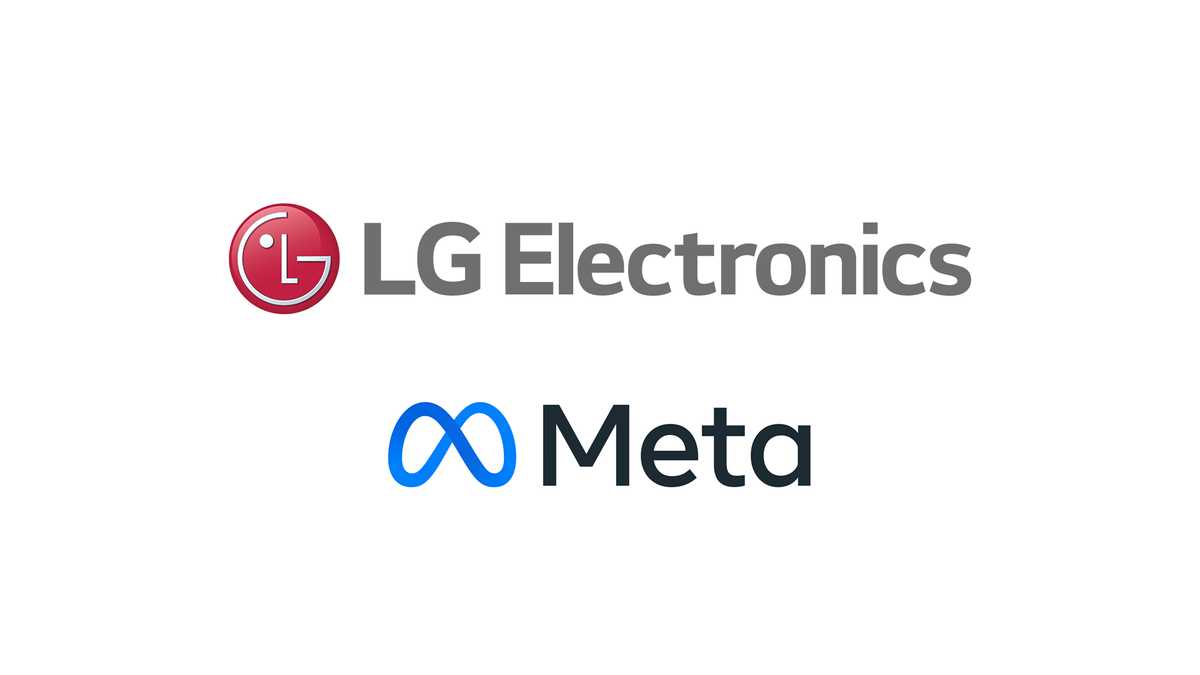
In February LG and Meta officially confirmed an XR “strategic collaboration”, including on “next-gen XR device development”, though neither company was more specific on what exactly this will entail.
When announcing Meta’s new Horizon OS strategy of supporting third-party headset makers, Mark Zuckerberg said one of the Horizon OS headsets he could “imagine” arriving from a third-party company would have “the highest resolution OLED screens.” And the concept image for Lenovo’s Horizon OS headset showed a design so slim it would likely require micro-OLED to achieve.
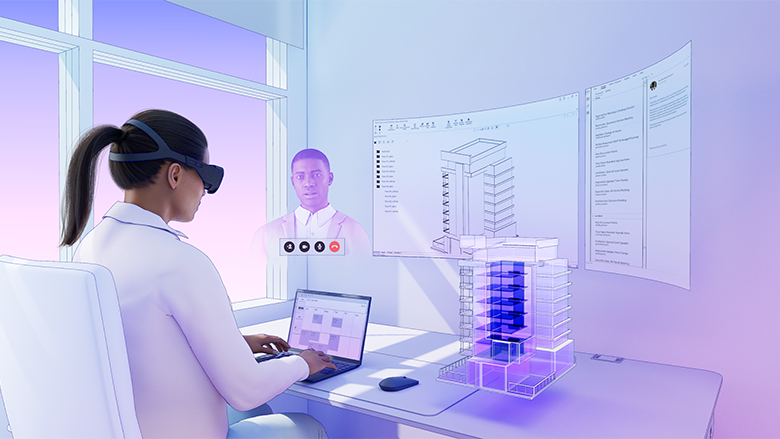
So it seems possible LG’s rumored Quest Pro 2 could leverage the micro-OLED display it just announced. Alternatively though LG could simply be supplying it to other companies building Horizon OS headsets such as Lenovo. We’ll keep a close eye on all these companies for any next generation headset teases or announcements throughout the year.
